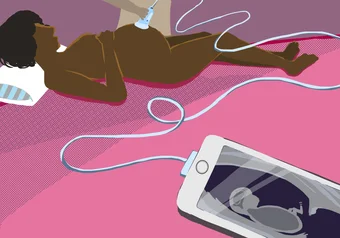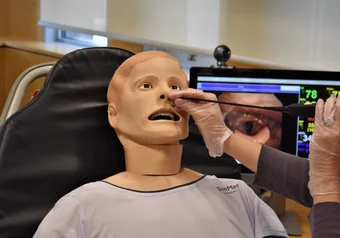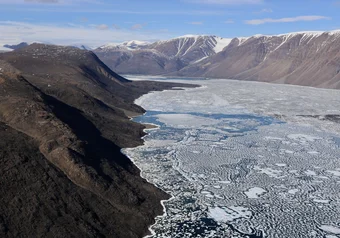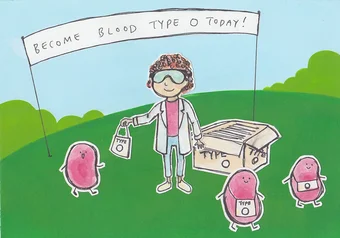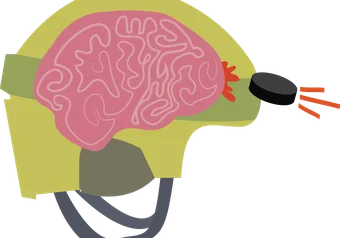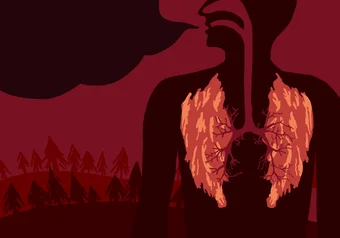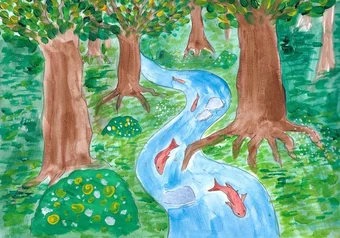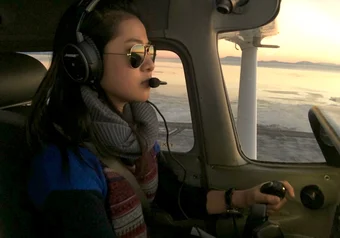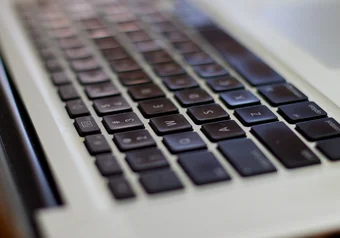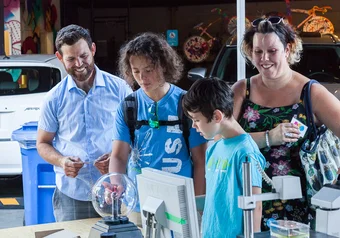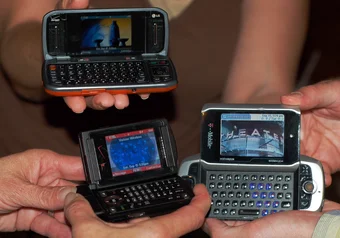“We’ve made IUDs cost equivalent here such that students are able to access both hormone-releasing and copper IUDs at the same price point in a simplified system.”
Search the Archive
Talking about Gerardo’s work, Rohling said “there’s both a good science, and a little bit of art.”
“The ultimate goal for the simulation is to enhance the education experience for the students, afford them the opportunities that … they might not get before they are out in the workforce," said Skoretz.
“With trees, it’s really easy to get a ruler and measure out the tree rings, but there’s no trees in the high arctic – it’s too hostile of an environment,” she said.
Hospitals’ reliance on O type blood in these situations, paired with the scarcity of available donors, contributes to a supply shortage of O type blood and puts pressure on the hospitals with fewer resources available.
Responsible for over 4,000 hospitalizations between 2001 and 2010 in British Columbia alone, concussions are common yet serious head injuries that occur among people of all ages and backgrounds.
“Enjoy the summer as best as you can because it is going to be an ongoing problem for years to come,” said Zeglinski.
In Salish Creek, the fast-flowing water expelled from the culvert was pushing salmon back down the creek, stopping them from reaching their spawning grounds above the culvert.
When asked what advice she would give to young people aspiring to become pilots, Chiu highlighted the importance of persistence.
Vancouver offers a number of platforms through which science enthusiasts can share their passion with the public.
“We want to be able to engage in conversation with researchers and deliver their work in a really appealing way to the general public,” Gooderham said.
What Can Be Computed? is a one-term undergraduate course fitted into a textbook. It has been carefully designed to encompass a great number of traditional theory topics appropriate for all interested students.
“To keep up with the world, it’s important to develop these skills,” she said.
“In a lot of the activities we run, people say ‘No, no that is too hard to understand,’ but we show them it isn’t, we break it down to concepts they understand. So now they know it is not so scary."
“Approximately two billion phones are sold per year, and in 2016, the amount of e-waste in the landfills was approximately 46 million tonnes. There is a four per cent e-waste growth rate, which is highly concerning.”



